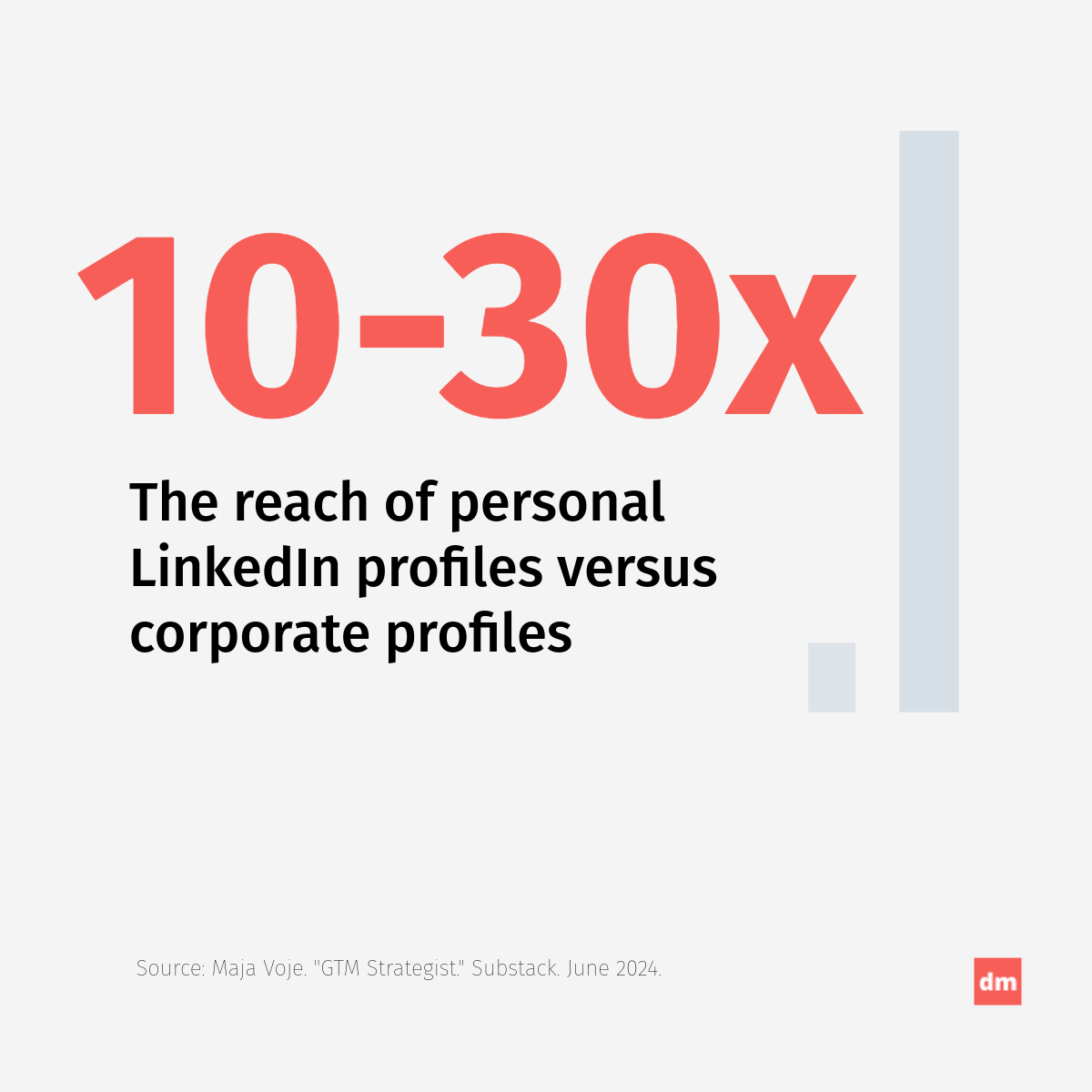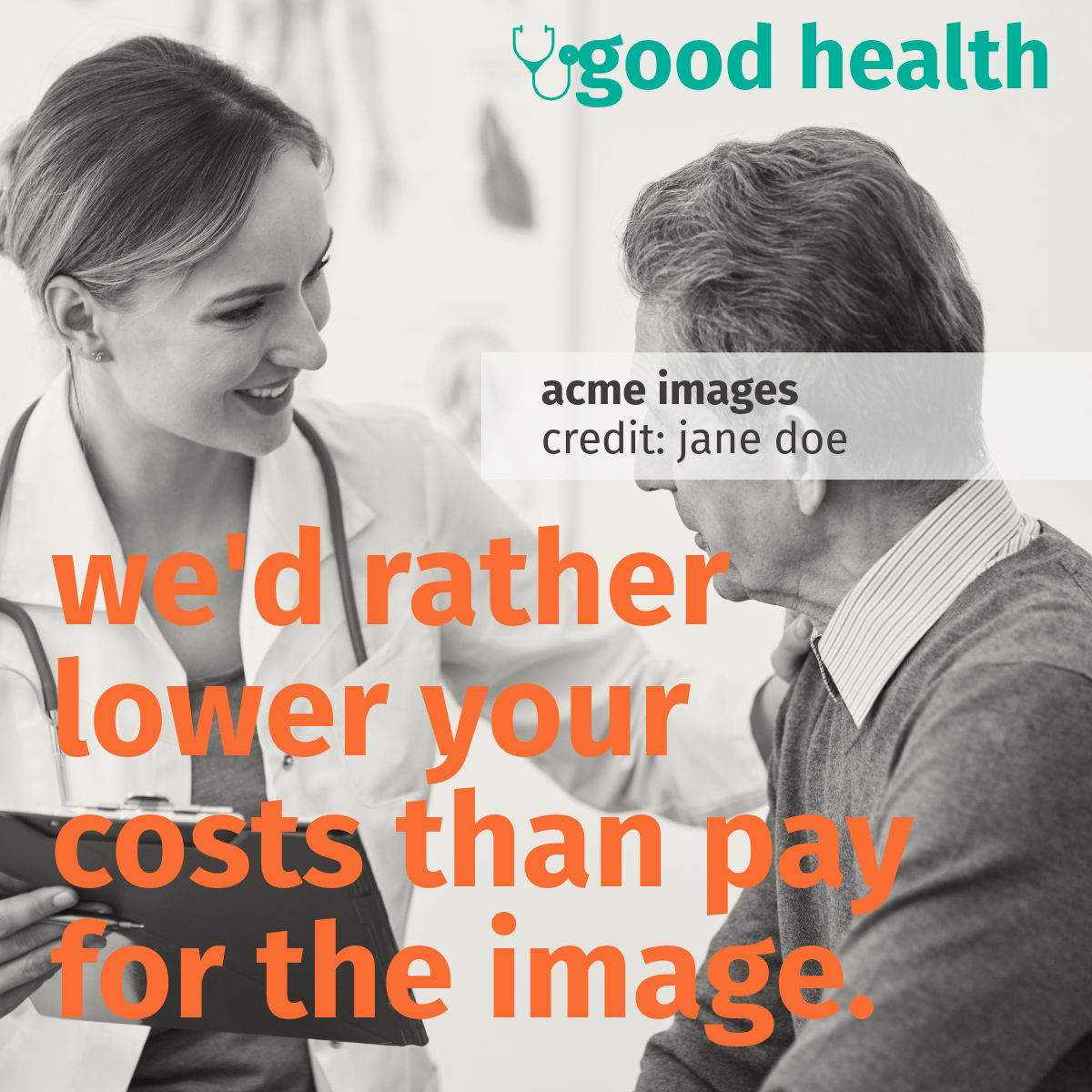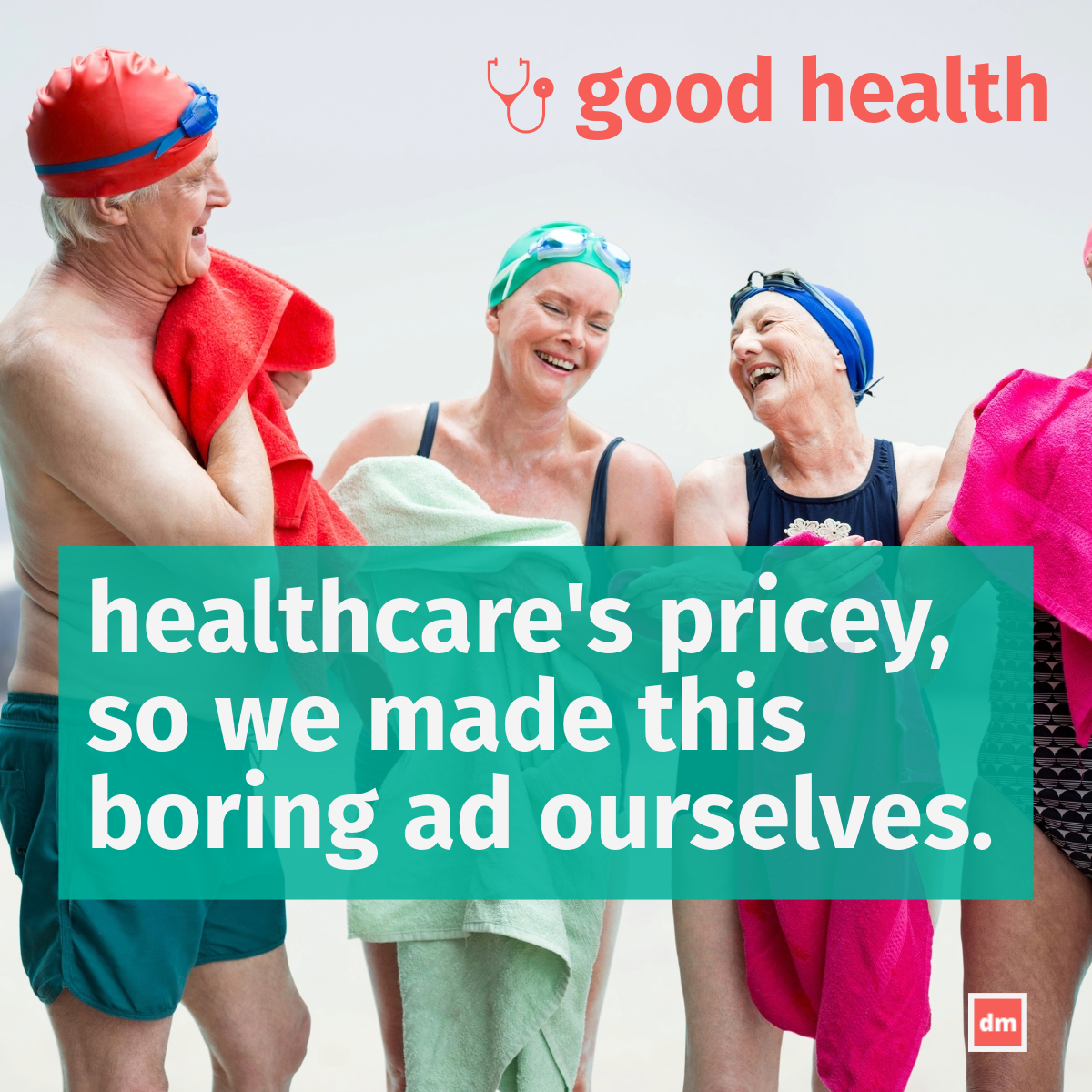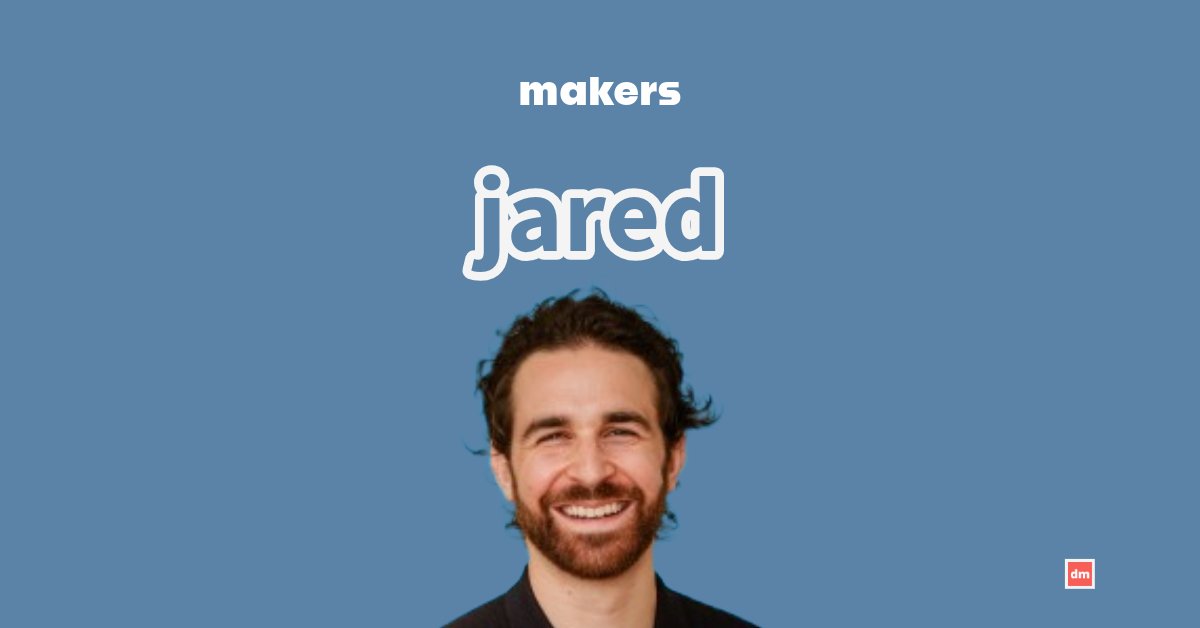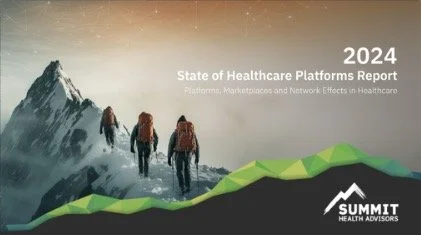The Differential | #9
David McCarthy
In this edition:
B2B healthcare and health tech marketing, in the feed - Positioning conundrums, dense content, a new brand standard, and a rock-band moat.
And now, some data - That LinkedIn corporate profile may not be cutting it.
What if a B2C company made a B2B healthcare ad? Expensive stock images seem like an opportunity worth exploiting.
Makers - Meet creator Jared Dashevsky, MD, MEng, founder of Healthcare Huddle
Four things on marketing - ChatGPT’s search engine, TikTok’s imminent ad saturation, and the template play.
B2B healthcare marketing, in the feed
Oscar Health is showing their work. The Oscar aesthetic of simplicity, candidness, and accessibility has evolved. Throughout 2024, the brand has focused their B2B marketing, especially on LinkedIn, primarily on complex and almost technically exclusive topics, like AI, LLMs, and other “under the hood” concepts, doubling down on the tech in “insure tech.” Though dense, the “show, don’t tell” strategy contrasts starkly with others in their space. See some examples
Abridge may be setting a new brand standard. Many of us in health tech have come across Abridge’s new brand identity and maybe even the new website. Both seem more progressive than I’ve seen in the space for some time (massive funding and some big deal wins help with that, I’d imagine). A LinkedIn post announcing a new executive hire follows that trend, adopting a Netflix-sports-doc-like aesthetic to make the announcement. See the post
Transcarent repositioned itself. Are there consequences? Transcarent seemingly repositioned their brand, staking their claim as the “one place for health and care.” This new position aligns with the point of view Tullman has shared publicly — that navigators are a middle person in a healthcare system already fragmented and inaccessible for many. (Note: they’re now messaging on navigation, too.) But for buyers, does “one place for health and care” communicate their category clearly? See the hero
Affirm Health shows health tech marketing can actually be progressive. Affirm, which markets software to value-based primary groups that helps them close care gaps, has done what many B2B SaaS marketing teams dream of but rarely achieve: they created a quasi-media brand and community. The fact that Affirm is doing this in the often-lagging healthcare industry is invigorating. Affirm’s The Business of Primary Care brand publishes newsletters, podcasts, and more, and it runs a community to help shift primary care practices into value-based care. Read more
Jellyvision has a (high-decibel) moat. Jellyvision is a Chicago-based company that creates software to help make benefits easier to understand for employees and Medicare beneficiaries. The company, which is beloved in Chicago and was one of the first in health tech to buy into a unique brand voice, shared on LinkedIn that more than ten of their employees started a band. And they’re taking gigs, including at 1871, a Chicago-based incubator. See their enrollment-song performance
And now, some data on Marketing
On LinkedIn, corporate or brand profiles aren’t what they used to be.
Following the trend of buyers trusting employees more than the brand themselves, the reach of corporate profiles is being dwarfed by the reach of individual profiles.
What if a B2C brand made a B2B healthcare ad?
Along the expressway near my neighborhood are countless outdoor ads promoting local gigantic players in the healthcare system. Many promote affordability. Many also rely on a familiar visual: a lifestyle image of individuals immersed in the joys of daily life (which often, interestingly, include bodies of water).
But the message in the copy and the cost of the medium may be at odds to some. I can imagine a consumer wondering how much a series of outdoor ads along a congested expressway or along sidewalks in the Loop raise the price of healthcare.
To that end, can that conflict actually inspire creative differentiation?
Messing around, I tried to exploit that conflict in some concepts below.
Makers: Jared Dashevsky, MD, MEng
What are the ideal characteristics of a B2B creator for today’s healthcare system?
The traditional single-dimension pedigree (i.e., only clinical or only policy) probably no longer suffices. The current environment intersects too many domains, like care delivery, legislation, economics, technology, experience design, and sociology at the very least. Instead, a blended expertise and multiple "languages" are needed.
Fortunately, finding that creator may not require an extensive search, thanks to Jared Dashevsky, MD, MEng. Cofounder, creator, and operator of Healthcare Huddle, Jared is a physician who also just happens to have a master’s in engineering, specializing in, you guessed it, healthcare systems.
His academic background and his professional experience as a resident at Mt. Sinai have proven to be an original combination that healthcare leaders increasingly rely on. Jared’s newsletter has earned more than 30,000 subscribers in just a few years. And his community, Huddle+, is experiencing similar success, attracting C-suite members, founders, and other senior-level executives from some of the biggest healthcare and health tech brands in the industry, like Kaiser, BCBS, and One Medical.
I chatted with Jared about his approach to creating content, the focused but powerful value proposition he has for his work, that one time Mark Cuban shared his article, and his optimistic contrarian take on healthcare this year.
10/10 Would download
Summit Health’s 2024 State of Healthcare platforms report
Summit Health Advisors advises platform companies on how to advance their business strategy, grow their scale, and achieve network effects.
They also produce some of the best content in the industry. Gated long-form content is rarely the ideal play nowadays, but for a company like Summit, it makes complete sense to me.
Seth Joseph’s company is addressing a technically complex category that is, relative to the industry’s history, new to an equally intricate market. In other words, it’s a high-education opportunity. They recently released their annual State of Healthcare Platforms Report, and I would gladly exchange my non-MQL-relevant email for it.
Four things On marketing tactics
Are persona-oriented templates a viable lead-generation tool? Lenny’s collaboration with Atlassian has me wondering. Read more
OpenAI is releasing a search engine. Read more
AI-generated ads are about to flood TikTok. Read more
Richard King from Product Marketing Alliance aims to clarify a debate many teams, including mine, have been having for too long: what’s the difference between product, solution, and portfolio marketing? (I’m not sure I agree with his thinking, but I genuinely appreciate the attempt.) Read more
I post on LinkedIn, too
A brief disclaimer
I reference and link to many healthcare brands in the newsletter. Including them does not signify an endorsement of their business.

